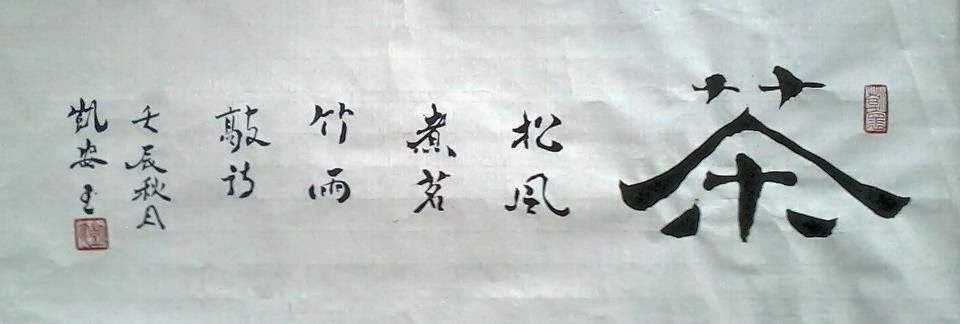Hi, Everyone,
Today I am going to talk about The Tao of Tea.
The Tao of Tea is basically covers :-
Brewing Tea Correctly to produce excellent tea. The rule specify what are the rules and procedures involving from the past till todate. It evolves with time and lots of creative works are added in and it was treated as art, rather associate to the Chinese culture.
Discover the art of brewing correctly.
Types of tea, water quality, temperature, quantity of leaves, and steeping time are all important and relevant factors in determining the quality of tea. Tea should be brewed to match your personal preference and taste.
Water Quality
Water plays one of the most significant ingredient, apart from tea leave in brewing good quality of tea. Non-chlorinated water is highly recommended to use so as to produce good quality of tea especially green teas. Chlorinated tap water may affect the taste of tea making it less appealing. Therefore, water filter system which gives water a pH level of slightly over 7 is preferable.
Water Temperature
It is very much depend on type of tea you brew. For green tea, water should kept below reaching boiling point. This is because boiling water tends to over cook the tea leaves. In addition, when water is boiled, oxygen not only evaporates, but the crisp mineral texture in the brew is also lost. Whereas Pu'er can be steeped with boiling water.
Quantity of Leaves and Steeping time
If unsure, always start with lesser amount of leaves and steep them longer. This will gives you more control to the tea. Good quality tea leaves with appropriate amount of tea leaves will not go bitter, unless they are steep for a longer than the time it required. In short, you can see that brewing pure leaf teas is to be as simple as "hot water and tea".
You may use the following suggestions for steeping different types of teas as a guide:-
Green teas: It can provide multiple infusions. As a general rule of thumb, the darker the tea leaf, the faster the infusion.
Pu'er teas: For most pu'ers, the longer you steep, the smoother they become. For the compressed pu'ers, the recommended steep time required is twice the loose leaf pu'ers which takes at about 3-4 minutes
Appropriate teawares
Apart from the above, appropriate teawares are also important so as to preserve the heat, taste and flavor of the tea. The setting of the teawares will add color to the atmosphere and conversation.
Technique of pouring tea from the tea pot
To add to the excitement, various tea masters using various 'kung - fu' style of pouring tea out from the teapot to each of the tea cup, bowl at various position precisely and speedily. The speed and accuracy demonstrate the skill of their skills.
In this Tao of Tea, it tells us the importance of patience, persistence and meticulousness are important ingredient to cultivate this healthy hobbies. Great observation and passion is also needed so as to master the skill.
Hope you are well entertained. Stay tuned again for more..
James Oh
 new month and a happy new year in advance.
new month and a happy new year in advance.  ,
,  and go
and go 
 around the world. It's important to have good health, therefore, eat more
around the world. It's important to have good health, therefore, eat more 

 and
and  , but not too much
, but not too much 
 .
.  at least once a week. Don't
at least once a week. Don't  with your sweetheart, and be generous to say
with your sweetheart, and be generous to say 
 .
.  a Happy and Prosperous New Year 2010 and may you all be well and happy ALWAYS!
a Happy and Prosperous New Year 2010 and may you all be well and happy ALWAYS!






































